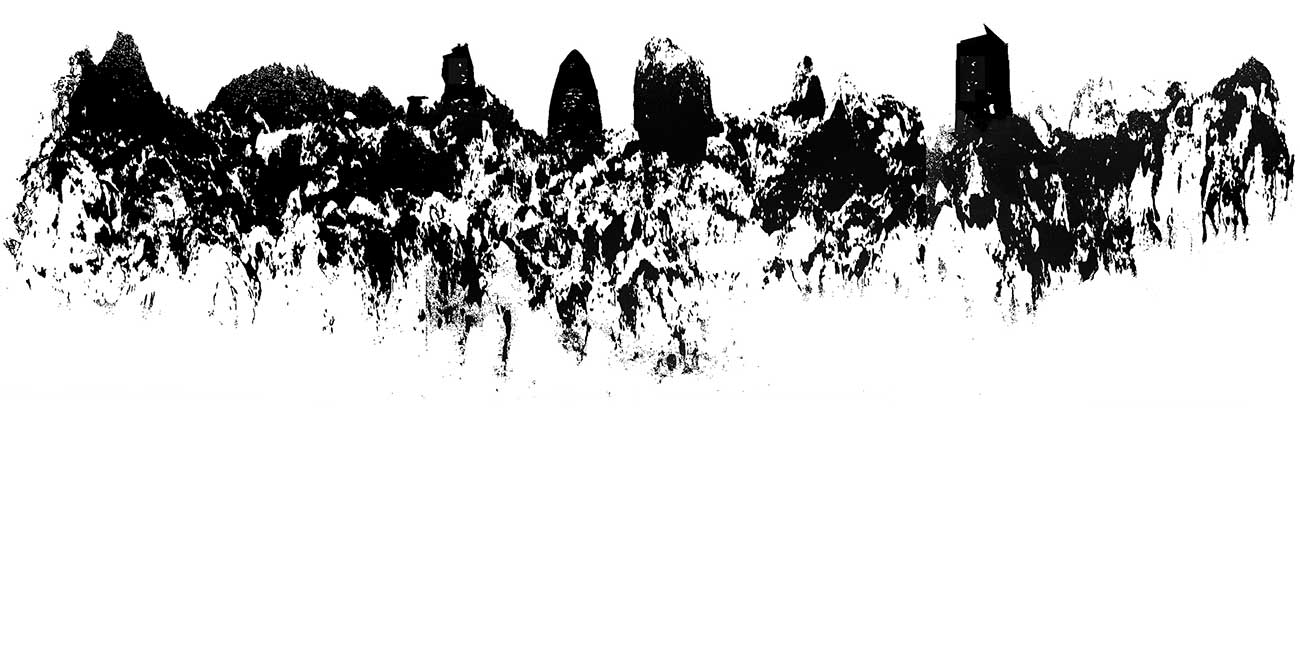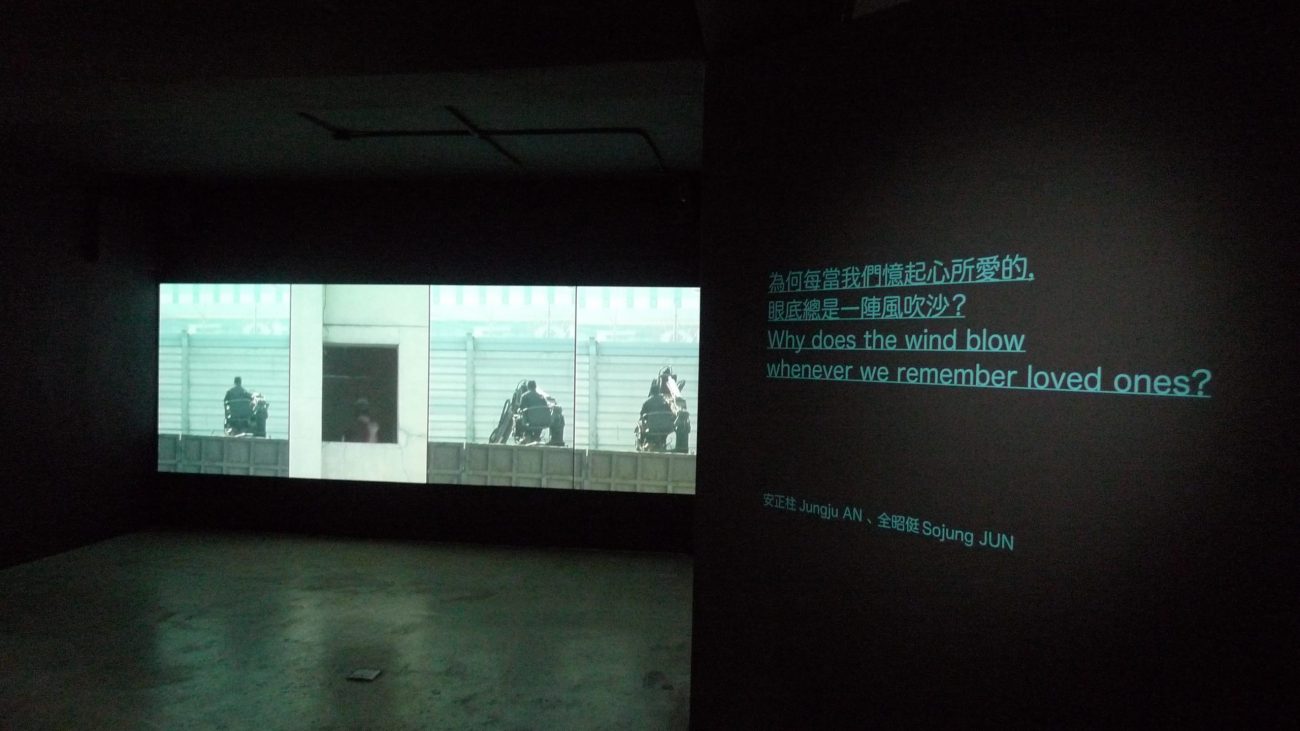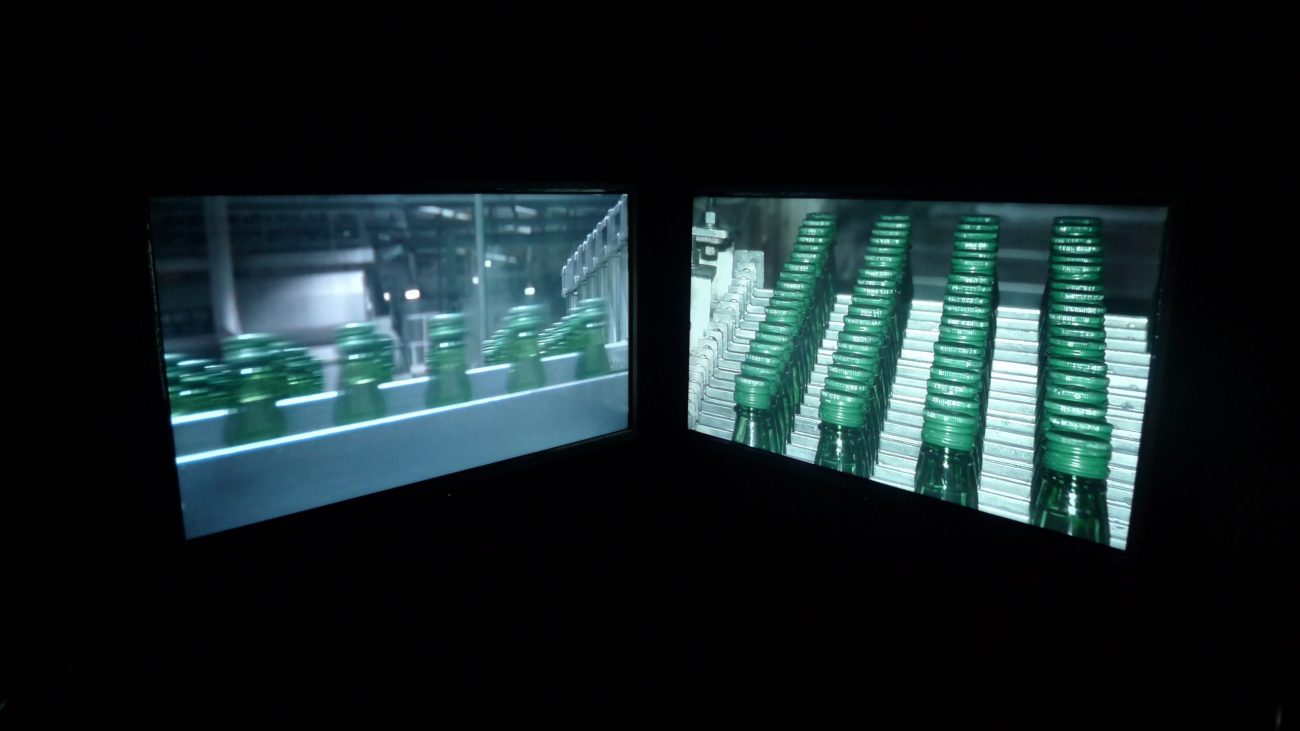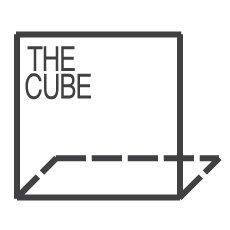


By / TSAI Jia-zhen
This seemingly poetic, or somewhat sentimental title is taken from a dialogue in the film Underground (1995) by former Yugoslavia director Emir Kusturica.Underground utilizes metaplot to insinuate the political and historical reality of Yugoslavia: “A deliberate study of the film suggests, the characteristics of nostalgic textures, revolving lens, swift montages, absurd and disparate plots, chaotic objects, whimsical physicality and dialogue, reveled soundtrack and ambience, surrealist imagery, bred with the popularity of postmodernism, vanguard of modernism, and style of East European fantasy literature, creates a “mess” of a film and this “chaos” reproduces the politics and history (1945-1991) of a country (the former Yugoslavia spans over half a century). Although not entirely uncommon, the film can be described as daring. Waves of criticism correlate limitations of our imagination to traditional art, and raise the question: Is a “seemingly realistic” approach the only way to represent authentic history or the sole nucleus for critique? “The thing that needs to be done inUnderground is a circus act. This is the only feasible method in the ongoing problems of Yugoslavia.” – Emir Kusturica[1]
Adopting the narration of Underground, this exhibition will focus on the “narrative syntax of political reality in video works and its construction and expression of context,” inviting two young Korean artists Jungju An and Sojung Jun, who also teach in the university, and often partake in residencies abroad, which have astutely enriched their observation of subjects and phenomena, expanding the expression of their work.
Jungju An focuses on an erasure of individuality in the name of modern progress, which conflates into unitary order under political means, such as standardized operations in factories, demolition in urban renewal, the uniformity of honor guards…etc. In countering the evils of modernization, An not only re-establishes the sequence images are presented, the imagery also flickers against an effortless and comical melody, akin to modernized settings and their absurdity, while also exhibiting social critique through art. Sojung Jun, on the other hand, cuts in from the angle of documentary portraiture inMarginal Person Series. Jun pays several visits to his protagonists, comprehending their daily lives and filming those that remain as “the last person” in the declining sunset industries of modern society, including film poster painters, type foundries, and performers of traditional festivals. The insistence on “individuality,” “craft” and attitude, stands in stark opposition to modern development, while time has not only changed their narratives, but also altered the role and position their expertise hold in evolution. This opposition illuminates realities affected by politically imposed actions, as we realize that the film poster painter was involved in the Gwangju Uprising[2] as an art student in Time Regained.
Aside from presenting the video works of both artists, Jun was also at the same residency as myself in Paris. With our thoughts and discussions on the narrative expression of contemporary art, we developed a project based on “narrative skills.” If “narrative and expression” is simply interpreted as “telling good stories in clarity and eloquence,” then “imagination” may be essential. Contemporary art may often attend and critique political realities of modern society, but its strength is incomparable to social movements, and so how is art–to transform itself–to assert force? We believe that “imagination” is the only way to break through existing frameworks: In “imagining” other possibilities beyond flawed realities. Though contemporary society and art have no shortage of critique, we may lack the imagination to escape current hindrances, to the point of exhaustion and fatigue.
We have also invited Chiang Ling-Ching (Taiwan), Lee Li-Chun (Taiwan) and Sooyoun Lee (Curator, National Museum of Contemporary Art, Korea), and Sohyun Ahn (Curator, Nam June Paik Art Center) to construct a novel/prose in first person, shifting between the work and venue of the exhibition, while the space is vacant of all visuality, only voices narrating texts that are played on audio devices. The auditor listens to the narration in the empty venue and enters an imperceptible but existent field of multiplicity. We are hopeful that the auditor imagines and constructs scenes according to text and interpretation of the writer and narrator, motivated in becoming an “active” role in the art venue.
This exhibition will be presented in two spaces–with the video works of Jungju An and Sojung Jun at TheCube and sound projects at tamtamART TAIPEI IPIX.
[1] Zhong, Yue-Ming. Excerpt from “Deconstructing reality and fiction in postmodern political theater–Undergound by Emir Kusturica,” Funscreen (Issue 221, August 21, 2009), Taiwan Film Institute.
[2]The Gwangju Uprising, also known as Gwangju Democratization Movement, refers to the popular uprising in the city of Gwangju, South Korea from May 18 to 27, 1980, with citizens taking up arms after local students were billed and beaten in unprecedented attack by government troops.
About the artists
Sojung JUN
lives and works in Seoul, Korea
(b. 1982 Busan, Korea) received a BFA in Sculpture from Seoul National University and an MFA from Yonsei University. She is known for her video and performance art. One of her solo exhibitions, One Man Theater, which was shown in Sungkyun Gallery in Seoul in 2009, demonstrates Jun’s interest in producing a series of related shots that constitute a complete unit of action. The artist has been intrigued by the concept of time and the repetitive experience of emotion in our life. Her feminine qualities are expressed to a certain extent. Underscoring sensational value in her works of art, Jun delivers her personal experience or story that motivates her creativity.Selected solo exhibitions include The other side of the other side at Gallery Factory, Seoul, Korea in 2012; The Habit of Art at Gallery Zandari, Seoul, Korea, in 2012; As you like it at Insa Art Space, Seoul, Korea, in 2010; and Six Nuits at Centre Européen d’Actions Artistiques Contemporaines, Strasbourg, France, in 2010. Selected group exhibitions include Cream: International Festival for Arts and Media Yokohama 2009 at Bashamichi Campus, Yokohama, Japan; The Magic of Photography at HANMI Photograph Museum, Seoul in 2009; Korean Contemporary Art at Galaria Deburaux Aponem, Paris in 2008.
Jungju AN
lives and works in Seoul, Korea
(b. 1979 in Gwangju, Korea) He received his BFA degree from the Seoul National University in Seoul, Korea and his MFA degree from the Yonsei University in Seoul, Korea.
Jungju An sheds light on a range of issues that concern people in different places across the world, giving universal expression to such themes in his video works by employing a particular composition of images and sound. He demonstrates a preference for the rhythms and sounds of everyday life and their onomatopoeic linguistic descriptions, which he combines to create individualistic symphonies: the wind in the trees, footsteps on asphalt, or the diffuse murmur of voices in a crowd. Working like a DJ, Jungju An creates digital assemblages from different linguistic elements that imitate sounds and so creates veritable sound scores, which he uses later to accompany his own recorded video sequences of everyday situations.
He has exhibited at Kunstlerhaus Bethanien GmbH in Berlin, HIAP in Helsinki, Kumho Museum of Art in Seoul and ArtForum Newgate in Seoul. He took part in group exhibitions at MIACA in Yokohama, Beijing Museum, Cite des Sciences et de I’industrie in Paris, Shanghai Modern Art Museum, Insa Art Center in Seoul, ARCO 07 in Madrid and at the National Museum of Contemporary Art in Gwacheon, Korea.
About the curator
TSAI Jia-zhen
1979 was born in Kaohsiung, Taiwan, Jia-Zhen Tsai received a M.F.A in Contemporary Art Critics Theory from National Taipei University of Fine Art.She is an independent curator now, and runs a non-profit art space tamtamART TAIPEI with other four members since 2013 June until now.
2014.12.20~2015.3.8 Video @ TheCube Space
2014.12.19~2015.1.10 Narratives and Sound @ tamtamArt TAIPEI . IPIX
= Part I Video =
Opening reception |15:00 / December 20th, 2014
Date| December 20th,2014 – March 8th, 2015 ( Wed-Sun 2-8pm)
Place|TheCube Project Space ( 2F, No 13, Aly 1, Ln 136, Sec 4, Roosevelt Rd, Taipei, Taiwan )
Curator|TSAI Jia-zhen
Assistant curator|LIANG I-ni
Artists | Jungju AN, Sojung JUN
= Part II Narratives and Sound =
Opening reception |20:00 / December 19th, 2014
Date| December 19th,2014 – January 10th, 2015 ( Thu-Fri 5-8pm ; Sat-Sun 2-7pm )
Place|tamtamART TAIPEI . IPIX (No.20-3, Beiping E. Rd., Taipei, Taiwan )
Curators|Sojung JUN, TSAI Jia-zhen
Assistant curator|LIANG I-ni
Artists | Jungju AN, Sojung JUN
Script | CHIANG Ling-Ching, LEE Li-chun, Sooyoun LEE, Sohyun AHN
Voice | TSAO Liang-pin, TSAI Jia-zhen, LIANG I-ni
Category:
Date:
2014 年 12 月 20 日


